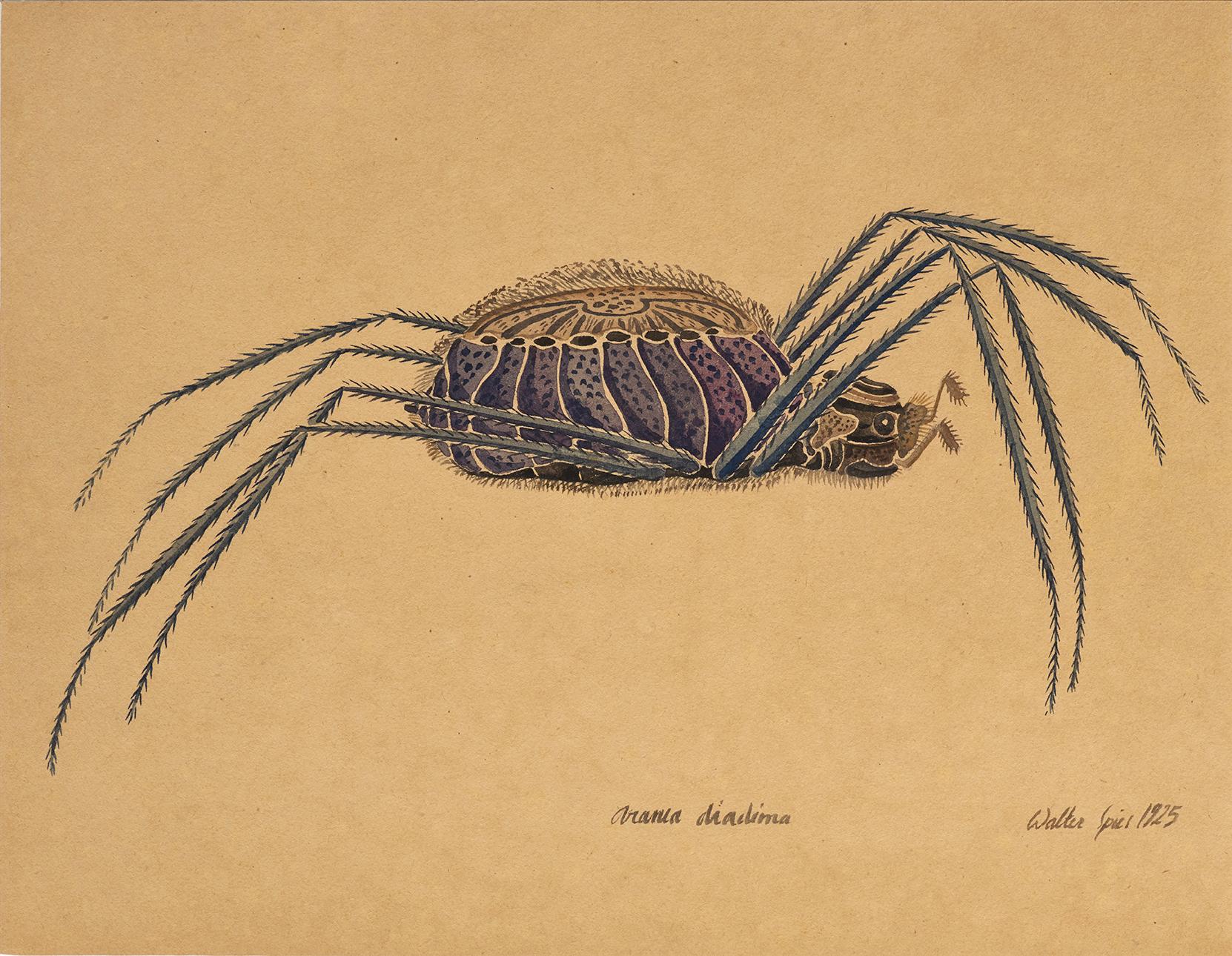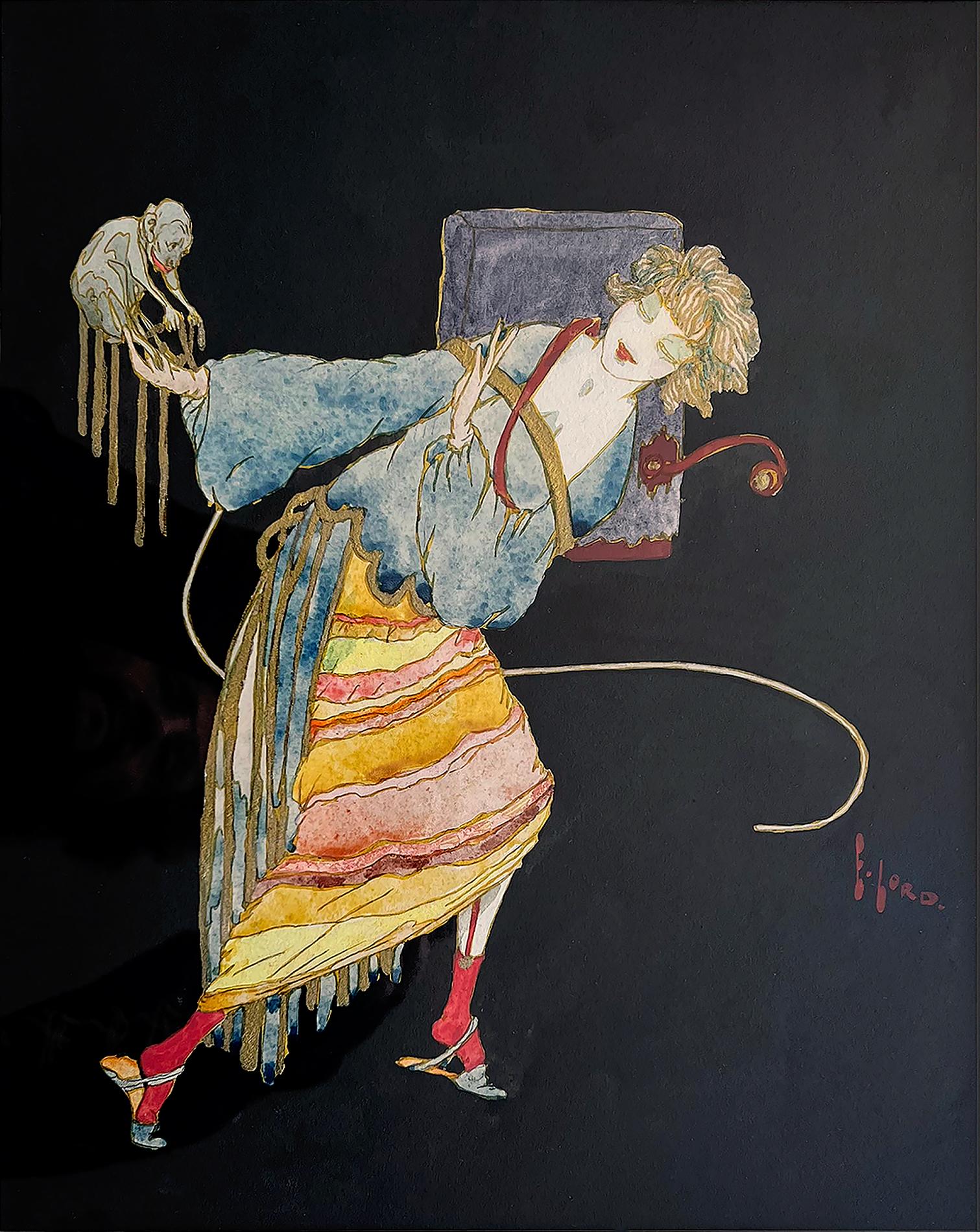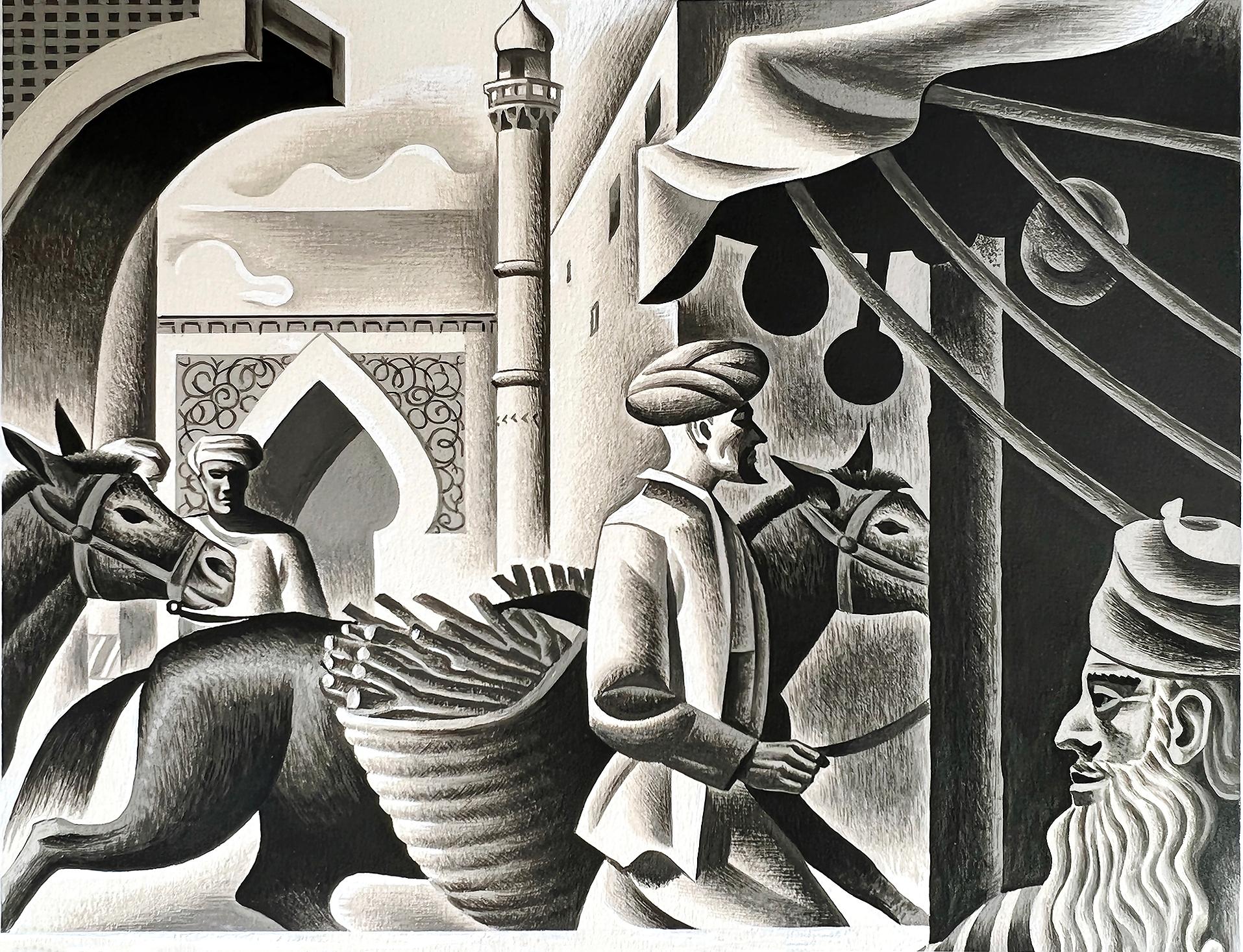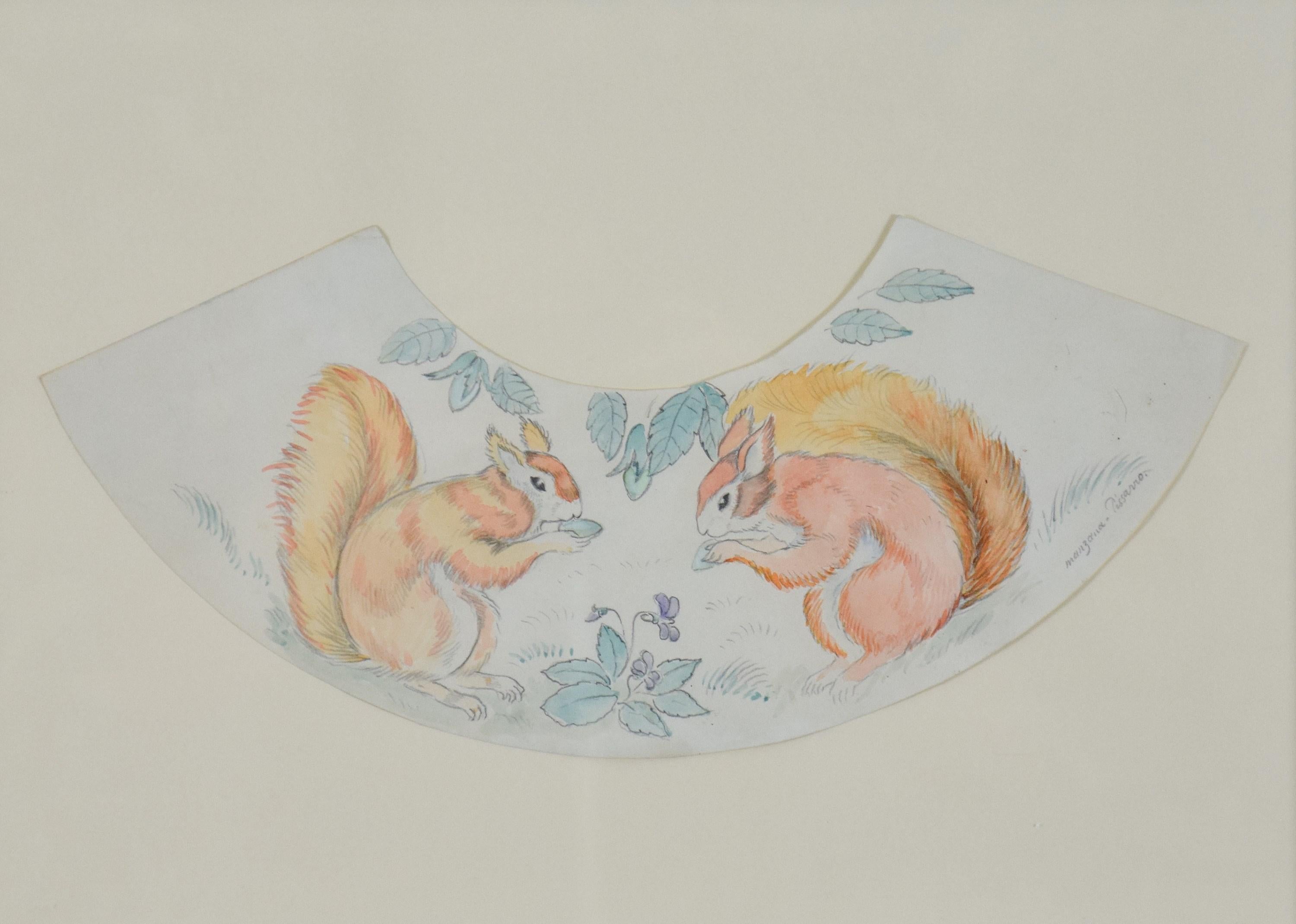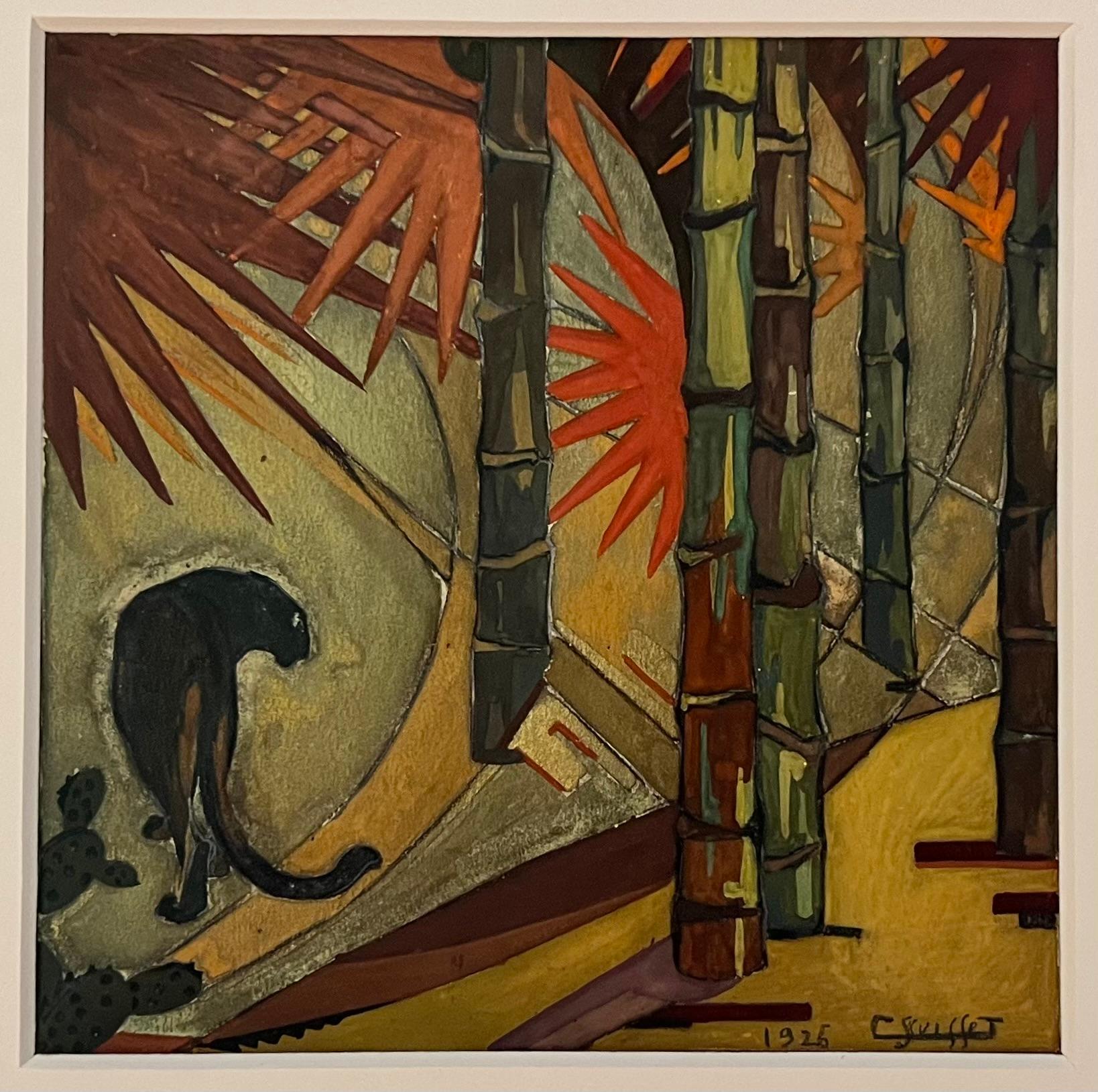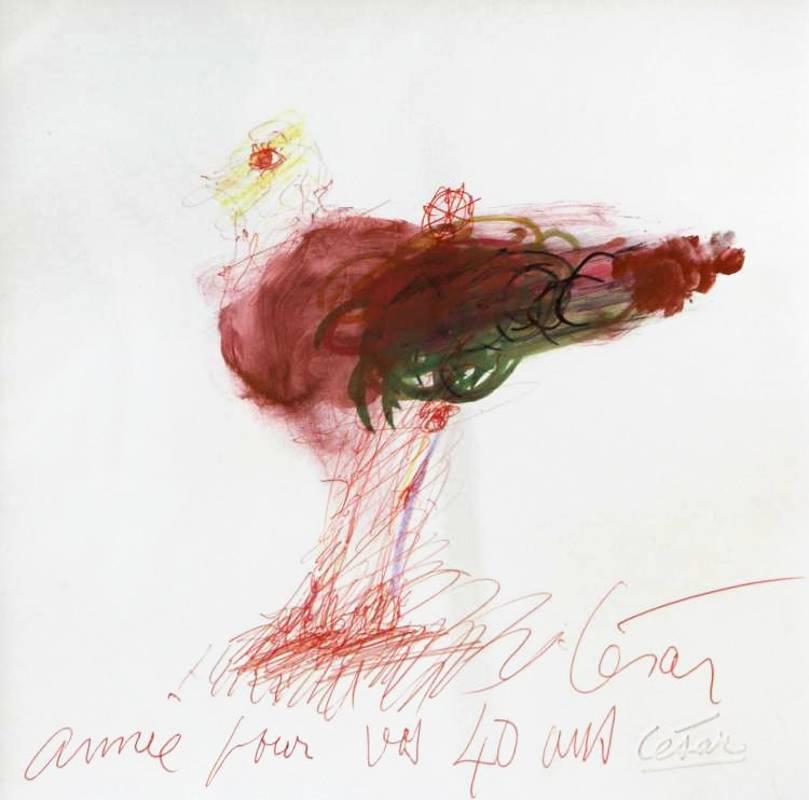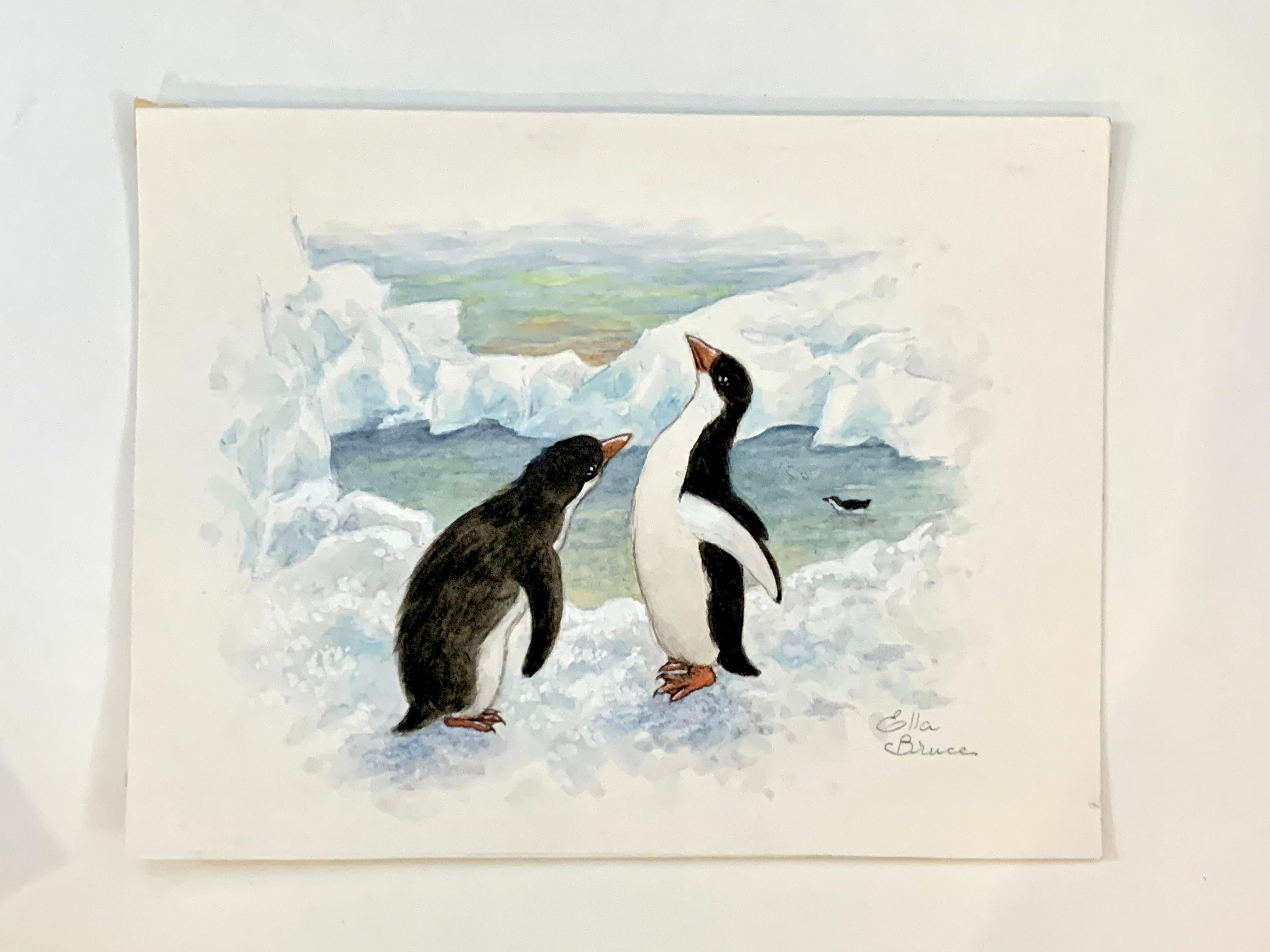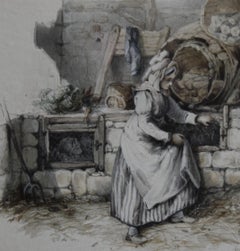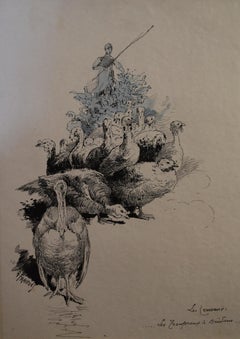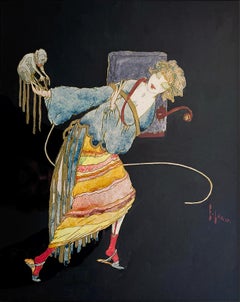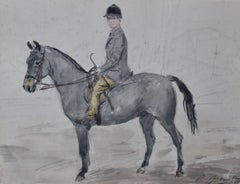
Pierre Olivier DUBAUT (1886-1968) A Horseman, signed watercolor
View Similar Items
Video Loading
Want more images or videos?
Request additional images or videos from the seller
1 of 13
PIERRE OLIVIER DUBAUT Pierre Olivier DUBAUT (1886-1968) A Horseman, signed watercolor1936
1936
About the Item
- Creator:PIERRE OLIVIER DUBAUT (1886 - 1968, French)
- Creation Year:1936
- Dimensions:Height: 7.68 in (19.5 cm)Width: 10.24 in (26 cm)
- Medium:
- Movement & Style:
- Period:
- Condition:
- Gallery Location:Paris, FR
- Reference Number:Seller: Inv 575 11stDibs: LU1112210518052
About the Seller
5.0
Platinum Seller
These expertly vetted sellers are 1stDibs' most experienced sellers and are rated highest by our customers.
Established in 2018
1stDibs seller since 2019
209 sales on 1stDibs
More From This SellerView All
- Attributed to Francesco Casanova (1727-1803), A Mamluk fighting , watercolorBy Francesco Giuseppe CasanovaLocated in Paris, FRAttributed to Francesco Casanova (1727-1803), A Mamluk fighting on his horse, watercolor and ink on paper 35 x 26 cm In quite good condition : yellowed by time as visible on the photographs. Vintage frame with little damages (see photographs please), the mat and the back have been recently changed. 54 x 44 cm The first indication about attribution was given by the name indicated on the vintage frame with what could look as a mistake about the date of death of the artist, if the exact date of Francesco Casanova'death was not known with certainty. It's estimated he died at the beginning of the 19th century, Maybe in 1803, 1805 or as late as 1807. The style and execution are really close to the artist's known compositions, the way he draws the horse for example. Francesco Giuseppe Casanova was an Italian painter who specialised in battle scenes. His older brother was Giacomo Casanova, the famous adventurer, and his younger brother was Giovanni Casanova; also a well-known painter. He was born in London, and returned to Venice when he was still young,upon his brother Giovanni's advice, he went to Paris and became an apprentice of Charles Parrocel. As a result of favourable criticism from Denis Diderot, he began to receive commissions from the aristocracy. His fame soon spread eastward and he received commissions from Catherine the Great for the Hermitage, beginning in 1768. Two years later, he produced his four famous "disaster paintings...Category
1790s Animal Drawings and Watercolors
MaterialsWatercolor
- Attributed to Eugène Lami (1800-1890) A Maid feeding rabbits, WatercolorBy Eugène Louis LamiLocated in Paris, FRAttributed to Eugène Lami (1800-1890) A maid feeding rabbits Watercolor on paper Bears a monogramm E L on the lower right 12.5 x 12.5 cm In good condition, some foxings in the uppe...Category
1860s Academic Figurative Drawings and Watercolors
MaterialsWatercolor
- Gustave Fraipont (1849-1923) A peasant girl with her flock of Turkeys, drawingBy Gustave FraipontLocated in Paris, FRGustave Fraipont (1849-1923) A Peasant girl with her flock of Turkeys, Ink and heightenings of blue watercolor on paper 23 x 15 cm Signed on the lower left and titled on lower righ...Category
1890s Realist Animal Drawings and Watercolors
MaterialsIndia Ink, Watercolor
- Charles Emile JACQUE (Paris 1813 - 1894) Two sheeps, studies drawingLocated in Paris, FRCharles Emile JACQUE (Paris 1813 - 1894) Two sheeps, studies Black chalk on paper 9 x 17 cm Framed 33 x 38 cm Charles Emile Jacque was born in 1...Category
1860s Realist Animal Drawings and Watercolors
MaterialsChalk
- Charles-Emile Jacque (1813-1894) Two sheeps in the countryside, charcoal drawingBy Charles-Emile JacqueLocated in Paris, FRCharles-Emile Jacque (1813-1894) Two sheeps in the countryside Charcoal on paper Signed lower left 19 x 21 cm Not framed Charles Jacque was born in 1813 in Paris. He was part oft...Category
1850s Realist Animal Drawings and Watercolors
MaterialsCharcoal
- Edouard Detaille (1848 1912) Study of a horse, original drawingBy Jean Baptiste Édouard DetailleLocated in Paris, FREdouard Detaille (1848-1912) Study of a horse 12.7 x 12.7 cm Pencil on paper Stamp of Detaille's estate lower right In a modern frame : 27 x 27 cm This is a particularly interesting and original study because in this work the artist has endeavoured to draw the head of a horse from the rear viewpoint, that of the rider. This is a drawing that the artist used to prepare his finished works; we see him at work here and we can better perceive his method of using studies taken on the spot to be as close as possible to reality. We really have the feeling of being close to this horse chosen by the artist as a model. Jean-Baptiste Édouard Detaille (Paris 5 October 1848 – 23 December 1912 Paris) was a French academic painter and military artist noted for his precision and realistic detail. Detaille grew up in a prosperous military family in Picardy; his grandfather had been an arms supplier for Napoleon. An amateur artist who was friends with a number of collectors and painters, including Horace Vernet, Detaille's father encouraged his son's artistic endeavors. He began his artistic studies at age seventeen under the famous military painter Jean-Louis-Ernest Meissonier; he had originally approached him to ask for an introduction to the renowned Alexandre Cabanel but Meissonier decided to teach Detaille himself. Meissonier became a major influence on his style, and it was he who inculcated an appreciation for accuracy and precision in Detaille. Detaille made his debut as an artist at the Salon—the official art exhibition of the Académie des Beaux-Arts—of 1867 with a painting of Meissonier's studio. At the Salon of 1868, he exhibited his first military painting...Category
1880s Academic Figurative Drawings and Watercolors
MaterialsCarbon Pencil
You May Also Like
- Aranea diadima a study by Walter Spies, an artist living in Indonesia in the 30sLocated in PARIS, FRWalter Spies was one of the first Europeans to settle in Bali after a stay in Java. He greatly contributed to the discovery and popularization of Balinese...Category
1920s Art Deco Animal Drawings and Watercolors
MaterialsWatercolor
- 'Navajo Family', Santa Fe, Modernism, Corcoran, Whitney, PAFA, AIC, WPABy Eduard Buk UlreichLocated in Santa Cruz, CASigned lower center, 'by Buk' for Eduard Buk Ulreich (American, 1889-1966), dedicated lower center, 'for Ruth' and painted circa 1945. Additionally signed and titled verso 'Navajo Fa...Category
1940s Art Deco Figurative Drawings and Watercolors
MaterialsGouache, Illustration Board, Watercolor
- Art Deco Woman Holding Monkey - Female IllustratorBy Elyse Ashe LordLocated in Miami, FLMeticulously rendered art deco illustration of a stylized woman ( perhaps Asian ) having a dialog with a small monkey perch on her outstretched arm. ...Category
1920s Art Deco Figurative Drawings and Watercolors
MaterialsGold Leaf
- Arabian nights The Thousand and One Nights Donkey Scheherazade, IslamBy Gustaf TenggrenLocated in Miami, FLThis is a masterfully rendered and brilliantly designed scene from the Arabian Nights. page 33 from Random House. We are not sure if this is by Gustaf Tenggren. However, there are su...Category
1950s Art Deco Figurative Drawings and Watercolors
MaterialsGouache
- Decorative Squirrel Design, Pencil and Watercolour on PaperBy Georges Manzana PissarroLocated in London, GB*UK BUYERS WILL PAY AN ADDITIONAL 20% VAT ON TOP OF THE ABOVE PRICE Decorative Squirrel Design by Georges Manzana Pissarro (1871-1961) Pencil and watercolour on paper 45.4 x 32.4 cm...Category
1920s Art Deco Animal Drawings and Watercolors
MaterialsPencil, Watercolor, Paper
- Art deco mixed media on paper - Panther in a forest of bamboos by Gaston SuisseLocated in Carouge GE, GEPanthère dans les bambous, 1926 Gouache, or et traits de crayon sur papier Signé et daté en bas à droite 15 x 15 cm (sujet) Panther in the bamboos, 1926 Gouache, pencil and gold on paper Signed and dated to the lower right Provenance Collection particulière, France - Private collection, France Bibliographie/Literature : Emmanuel Bréon "Gaston Suisse, splendeur du laque art déco", Somogy Editions d'art, Paris 2013, oeuvre décrite et reproduite page 104. (l’oeuvre décrite et reproduite est la lithographie tirée d'après l’oeuvre originale que nous présentons.) Nous présentons ici l'oeuvre originale à la gouache, or et crayon de la panthère noire. L’artiste en réalisa une gravure sur bois dont il tira lui-même une vingtaine d’épreuve. Ces épreuves ne furent pas commercialisées telles quelles, Gaston Suisse reprit chacune des épreuves en utilisant des lavis d’encre de Chine et des ors de différentes couleurs, afin d’obtenir des effets différents pour chaque épreuve, qui sont donc des œuvres originales uniques. We present here the original work in gouache, gold and pencil of the black panther. From this original, the artist made a wood engraving of which he made about twenty prints himself. These proofs were not marketed as they were, Gaston Suisse reworked each of the proofs using Indian ink washes and golds of different colors, in order to obtain different effects for each proof, which are thus unique original works. Born in 1896 in a family of artists, his father Georges was a close friend of Siegfried Bing and a great lover of Japanese art and a bibliophile. He passed his taste for art to his son whom he often took to draw at the Botanic Garden . Around 1910, Gaston Suisse, who hasn't entered yet the artistic school, met Paul Jouve, then 18 years his elder, who was already famous. In 1911, at the age of 17, he entered the National School of Decorative Art where he followed the teachings of Paul Renouard. Thanks to his knowledge and taste for the Japanese art, he chose lacquer painting as his specialty. His practice of this noble and demanding subject were so much appreciated that he was awarded with two gold medals in 1913 and 1914. Mobilized during the war , he joined the army and go in Salonika where he found his friend Jouve. In 1918, he finished his studies at the School of Applied Arts in order to perfect his training. He learned in particular the techniques of gilding and oxidation of metals. The first productions of Gaston Suisse, furniture and objects in lacquer with geometrical patterns, were an instant success and Suisse was appointed as member of Salon d'Automne in 1924, the very year of his first exhibition. Considered as an artist-decorator, his sincere and deep friendship with Jouve linked him in parallel with the groups of the animaliers of the Jardin des Plantes and became a close friend of Edouard-Marcel Sandoz. When travelling to Maghreb and Middle-East between 1923 and 1925, he produced numerous drawings representing antelopes, apes and fennec foxes...Category
1920s Art Deco Animal Drawings and Watercolors
MaterialsGold
